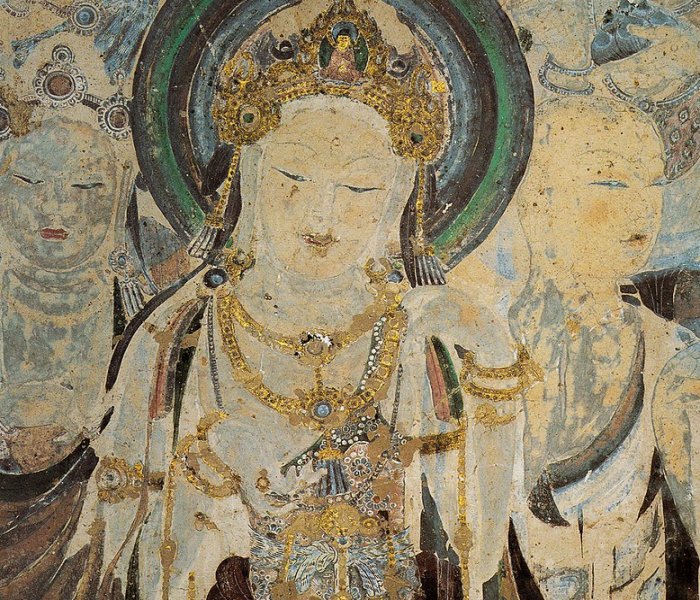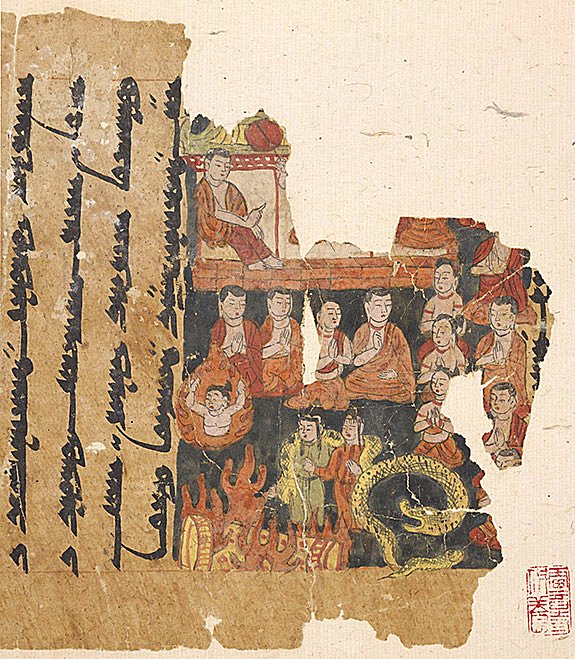Mogao Grottoes, Dunhuang, China – Fascinating Statues, Manuscripts And Wall Paintings
A. Sutherland - AncientPages.com - The Mogao Grottoes, near the oasis town of Dunhuang in the Gobi Desert, China are where generations of Buddhist monks built hundreds of rock temples.
Many believe that Dunhuang (the town's name means "blazing beacon") is probably the most important historical site in China. Nearly five hundred grottoes remain, lined with painted clay sculptures and wall paintings that depict legends, portraits, customs, and arts of China.
Mural of Avalokiteśvara (Guanyin), Worshipping Bodhisattvas and Mendicant in cave 57. Figures originally adorned with gold leaf. Early Tang. Image source
They were discovered at the beginning of the 20th century and over time they revealed an enormous treasure trove of Buddhist art in form of manuscripts, sculptures, painted scrolls, and wall paintings ranging in date from the 4th to the 14th centuries.
The cave temples preserve about 2,000 Buddhist sculptures, 45,000 square meters of murals, and more than 60,000 texts.
The figure of Maitreya Buddha in cave 275 from Northern Liang (397–439), one of the earliest caves. The crossed ankle figure with a three-disk crown shows influence from Kushan art. Image credit: Bairuilong - CC BY-SA 4.0
The Mogao Caves - tell a story of art and Buddhism that began more than 1,500 years ago.
Today, Princeton scholars and students - in collaboration with the Dunhuang Academy in China - are exploring the significance of the site in the history of China and this region.
Additionally, the site - the world’s largest repository of Buddhist paintings - also possesses many of China’s oldest Buddhist paintings. Ancient records say that in 366 CE, Buddhist monks began to carve the first caves into the cliff stretching about 1 mile along the Daquan River.
There is a beautiful story behind the creation of the "Caves of the Thousand Buddhas". It all started with a Buddhist monk Shamen Le Zun, who was traveling westwards towards Central Asia in search of the Buddhist truth.
One day, he had a vision of light and 1,000 Buddhas, which inspired him to carve the first cave in the middle of a desert oasis. After him, other monks joined him and carved their own caves; generations of Buddhist monks built hundreds of rock temples.
Mogao Cave 17 - This one-room cave temple was originally designed in the 9th century to memorialize the monk depicted in the statue, Hongbian, who died in the year 862. Photo courtesy of Dunhuang Academy
About 40 of them date from the Northern Wei-dynasty (385-557). More were added during the Sui-dynasty (581-618). Most of the caves were made during the Tang dynasty (until ca. 750), when Buddhism and the Silk Route were in their prime.
They are lined with painted clay sculptures and wall paintings that depict legends, portraits, customs, and arts of China. Caves in the complex came in every size. There were sleeping quarters, meditation niches, libraries, lecture halls, and halls to hold large ceremonies.
The text of this manuscript on karmic retribution contains dialogues illustrating the consequences in the next life of performing various deeds in this life. It is written in Old Uighur (or Old Turkish). The illustration depicts monks in prayer, a couple encircled by a serpent, and a sinner in flames. Credits: The East Asian Library and the Gest Collection, Princeton University
After 1000 AD, an incredible archive —with up to 50,000 documents, hundreds of paintings, together with textiles and other artifacts— had been sealed up in a chamber adjacent to one of the caves (Cave 17), perhaps to protect the contents from invading armies.
Its entrance was concealed behind a wall painting and the trove remained hidden from sight for centuries. In 1900, it was discovered by Wang Yuanlu, a Daoist monk who had appointed himself abbot and guardian of the cave temples. The first Western expedition to reach Dunhuang arrived in 1879.
More than twenty years later Hungarian-born Marc Aurel Stein, a British archaeologist, and explorer reached Dunhuang in 1907 and bought seven thousand complete manuscripts and six thousand in fragments, as well as several cases loaded with paintings, embroideries, and other artifacts.
Later others followed after him.
The wall paintings were done in dry fresco. The walls were prepared with a mixture of mud, straw, and reeds that were covered with a lime paste. The sculptures are constructed with a wooden armature, straw, reeds, and plaster.
The colors in the paintings and on the sculptures were done with mineral pigments as well as gold and silver leaf. All the Dunhuang caves face east.
Due to sandstorms and erosion, Mogao Caves are constantly in danger to be destroyed.
The beautiful interior of the caves can be admired - here.
Written by – A. Sutherland - AncientPages.com Senior Staff Writer
Copyright © AncientPages.com All rights reserved. This material may not be published, broadcast, rewritten or redistributed in whole or part without the express written permission of AncientPages.com
More From Ancient Pages
-
 New Species Of Softshell Turtle That Lived In North Dakota 66.5 Million Years Ago With Dinosaurs Discovered
Fossils | Mar 14, 2022
New Species Of Softshell Turtle That Lived In North Dakota 66.5 Million Years Ago With Dinosaurs Discovered
Fossils | Mar 14, 2022 -
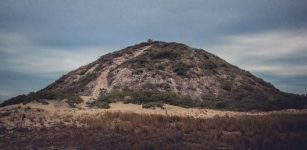 Pre-Columbian Societies Declined 2,000 Years Ago Due To Sea Level Fall
Archaeology | Dec 22, 2021
Pre-Columbian Societies Declined 2,000 Years Ago Due To Sea Level Fall
Archaeology | Dec 22, 2021 -
 Utiseta – Norse Vision Quest – Ancient Spiritual Tradition Of Northern Europe
Ancient Traditions And Customs | Oct 3, 2019
Utiseta – Norse Vision Quest – Ancient Spiritual Tradition Of Northern Europe
Ancient Traditions And Customs | Oct 3, 2019 -
 The Mysterious Books Of Prophecies Of The Knights Templar – Where Are They Hidden?
Featured Stories | Mar 26, 2022
The Mysterious Books Of Prophecies Of The Knights Templar – Where Are They Hidden?
Featured Stories | Mar 26, 2022 -
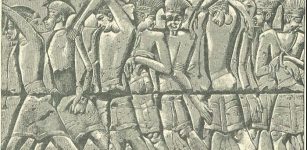 Mysterious Philistines: They Migrated Across Mediterranean – DNA Testing Shows
Archaeology | Jul 4, 2019
Mysterious Philistines: They Migrated Across Mediterranean – DNA Testing Shows
Archaeology | Jul 4, 2019 -
 14th Century Murals With ‘Warrior Saints’ Found In Church Of Ancient City Cherven In Bulgaria
Archaeology | Apr 10, 2020
14th Century Murals With ‘Warrior Saints’ Found In Church Of Ancient City Cherven In Bulgaria
Archaeology | Apr 10, 2020 -
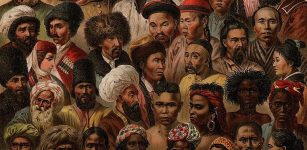 Ancient Trans-Atlantic Emigration Theory – Not Supported By Genetic Data, Researcher Says
Archaeology | Jan 18, 2016
Ancient Trans-Atlantic Emigration Theory – Not Supported By Genetic Data, Researcher Says
Archaeology | Jan 18, 2016 -
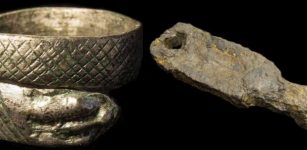 Discovery Of Roman Settlement, Workshops And Artifacts Will Shed Light On Their Life In Northern England
Archaeology | Apr 13, 2017
Discovery Of Roman Settlement, Workshops And Artifacts Will Shed Light On Their Life In Northern England
Archaeology | Apr 13, 2017 -
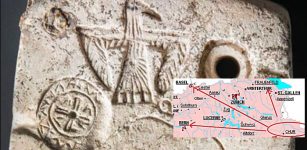 1,000-Year-Old Multi-Shaped, Double-Sided Mold For Jewelry Found In Swiss City Of Chur
Artifacts | Jul 26, 2020
1,000-Year-Old Multi-Shaped, Double-Sided Mold For Jewelry Found In Swiss City Of Chur
Artifacts | Jul 26, 2020 -
 Ask And Embla: First Human Pair Created By Powerful God Odin And His Two Brothers
Featured Stories | Sep 24, 2016
Ask And Embla: First Human Pair Created By Powerful God Odin And His Two Brothers
Featured Stories | Sep 24, 2016 -
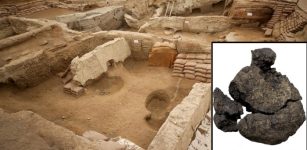 World’s Oldest Bread Found In Neolithic Oven In Çatalhöyük, Turkey
Archaeology | Mar 12, 2024
World’s Oldest Bread Found In Neolithic Oven In Çatalhöyük, Turkey
Archaeology | Mar 12, 2024 -
 Ancient Secrets Of The Masters Of Mu – Myths And Legends Examined – Part 1
Featured Stories | Aug 24, 2018
Ancient Secrets Of The Masters Of Mu – Myths And Legends Examined – Part 1
Featured Stories | Aug 24, 2018 -
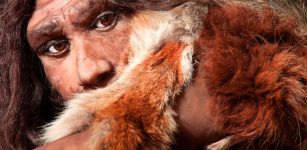 Humans Were Apex Predators For Two Million Years
Archaeology | Oct 18, 2022
Humans Were Apex Predators For Two Million Years
Archaeology | Oct 18, 2022 -
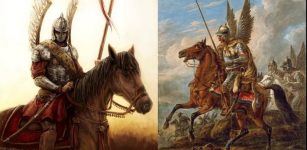 Winged Hussars: Facts And History About The Polish Warriors, Their Armor And Military Tactics
Featured Stories | Feb 14, 2016
Winged Hussars: Facts And History About The Polish Warriors, Their Armor And Military Tactics
Featured Stories | Feb 14, 2016 -
 Mysterious Ancient European Civilization – Puzzling Ancient Egyptian Connection – Part 2
Civilizations | Oct 23, 2019
Mysterious Ancient European Civilization – Puzzling Ancient Egyptian Connection – Part 2
Civilizations | Oct 23, 2019 -
 Ancient Romans Invented The First Bound Book
Ancient History Facts | Sep 25, 2017
Ancient Romans Invented The First Bound Book
Ancient History Facts | Sep 25, 2017 -
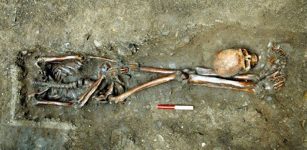 Secrets Of Ancient Skeletons Found In York – Who Were They And Where Did They Come From?
Archaeology | Jan 20, 2016
Secrets Of Ancient Skeletons Found In York – Who Were They And Where Did They Come From?
Archaeology | Jan 20, 2016 -
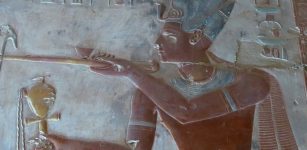 Seti I – Remarkable Pharaoh Who Saved The Kingdom Of Egypt And Gave It New Glory
Featured Stories | Jun 15, 2021
Seti I – Remarkable Pharaoh Who Saved The Kingdom Of Egypt And Gave It New Glory
Featured Stories | Jun 15, 2021 -
 Strange Reports Of A Mysterious Stone-Throwing Phenomenon And Invisible Entity Encountered Worldwide
Featured Stories | Dec 4, 2023
Strange Reports Of A Mysterious Stone-Throwing Phenomenon And Invisible Entity Encountered Worldwide
Featured Stories | Dec 4, 2023 -
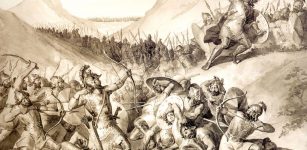 Armenia: Old Land Where Myths, Legends And Long History Meet
Civilizations | Apr 20, 2016
Armenia: Old Land Where Myths, Legends And Long History Meet
Civilizations | Apr 20, 2016

